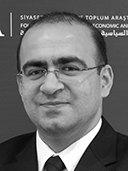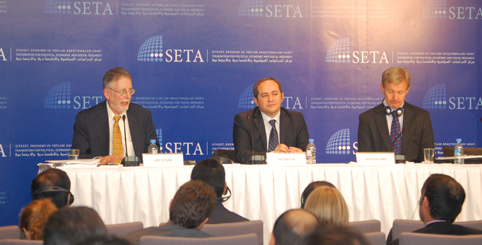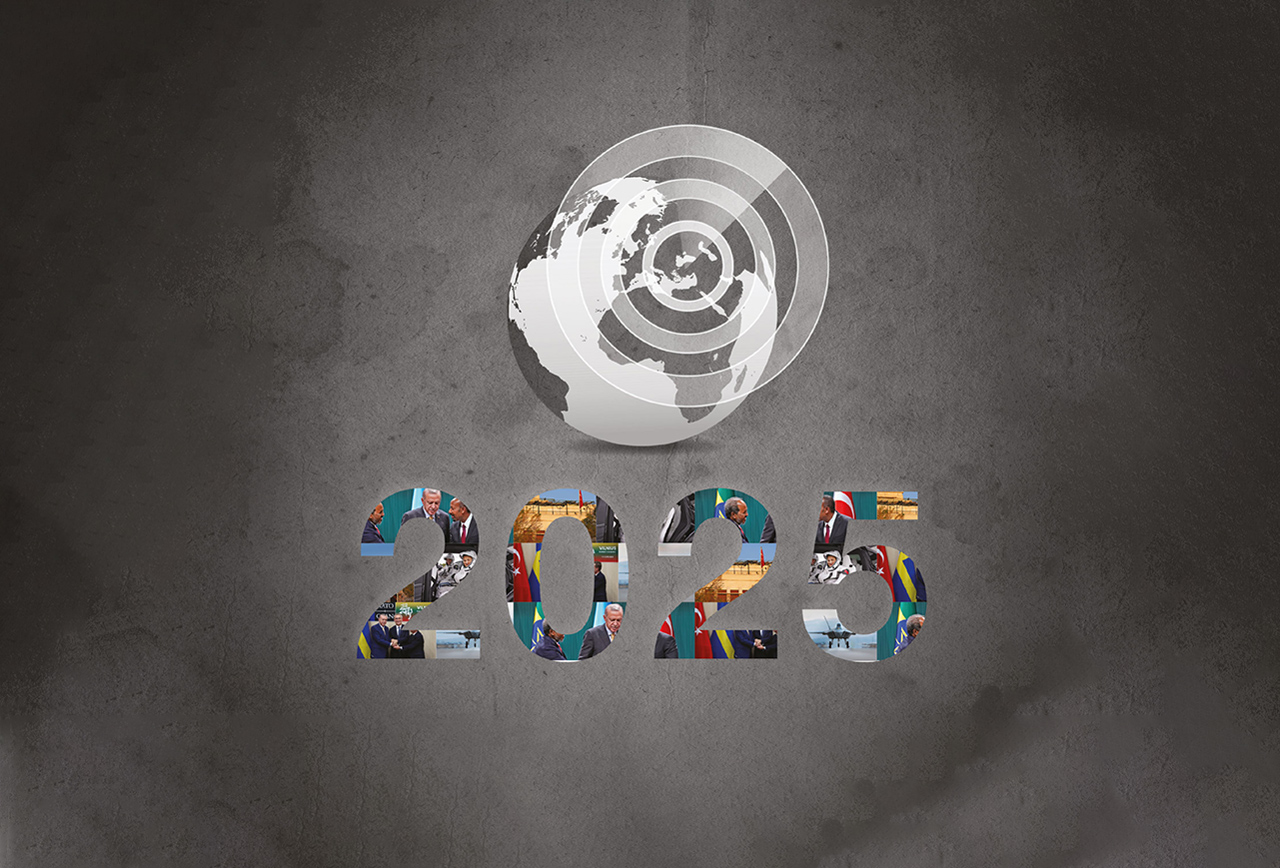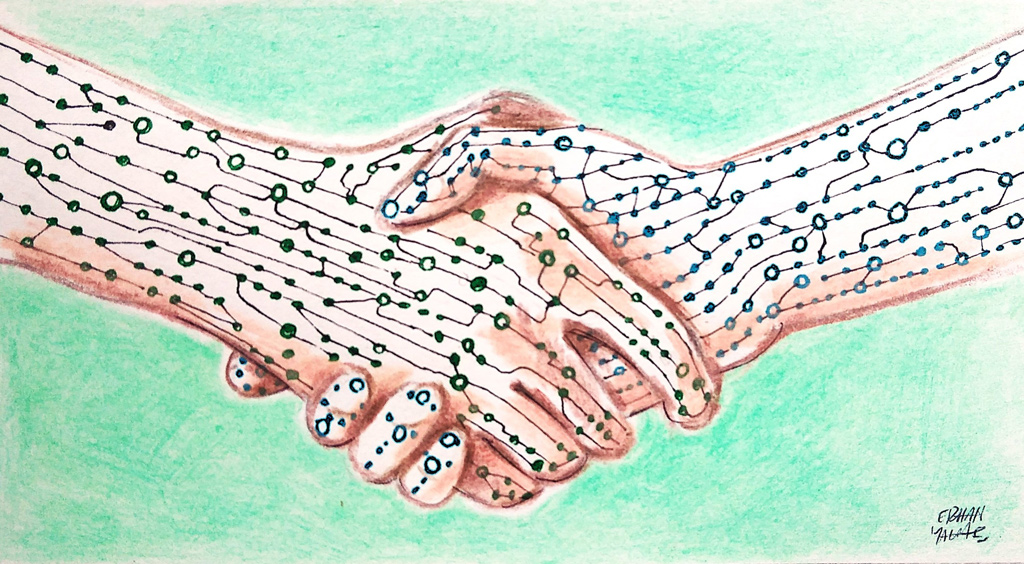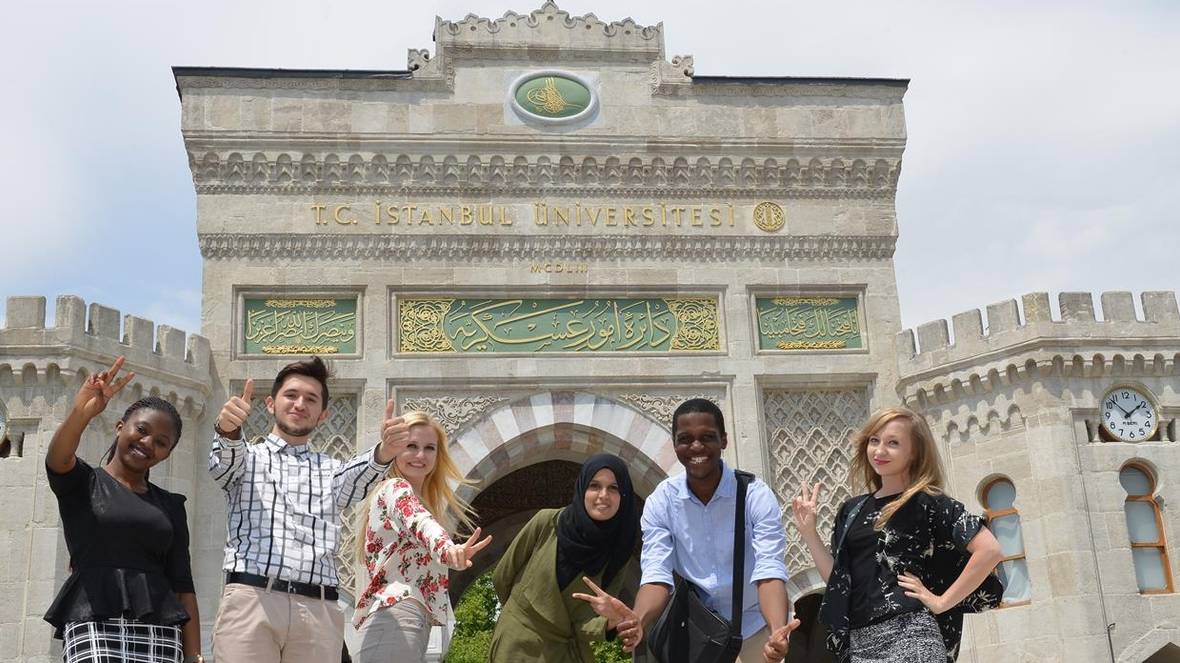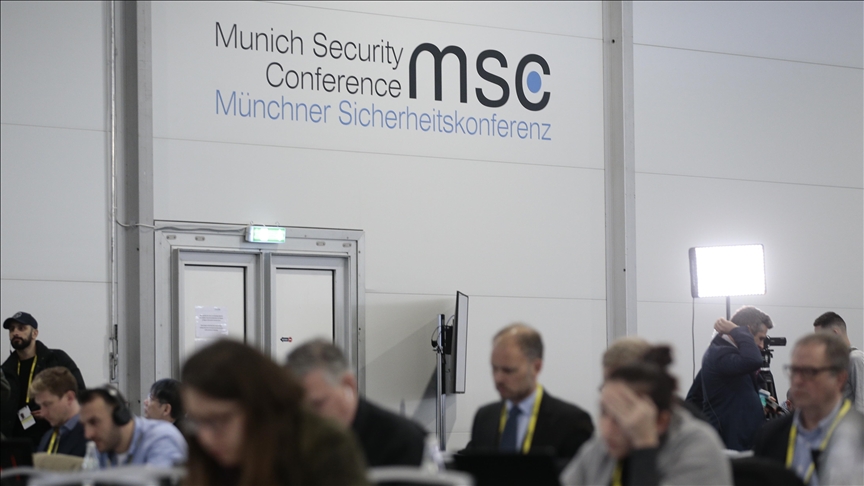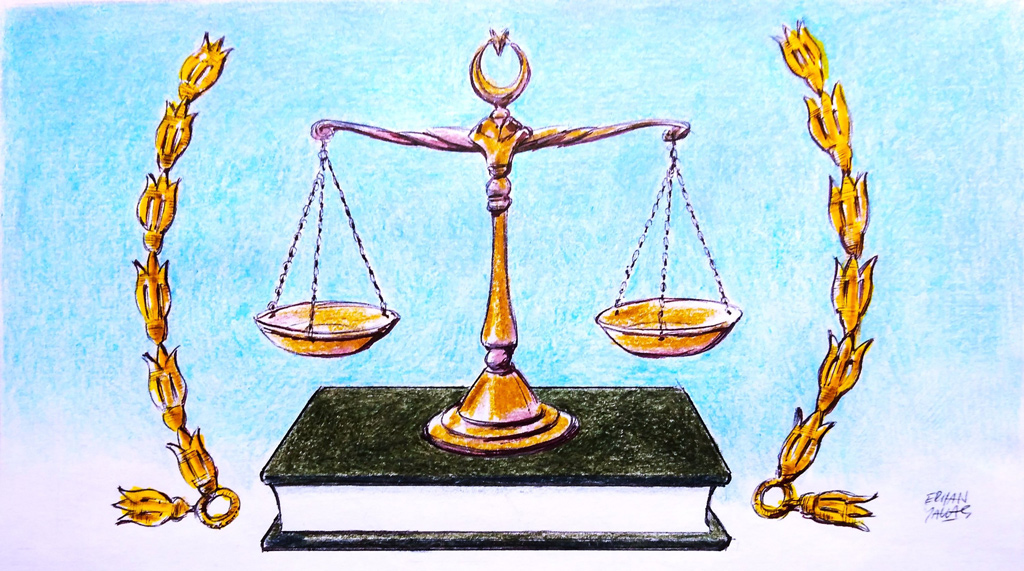In the wake of the Arab uprisings and awakening, two questions rose to the top of Western agenda: “Will Turkey become a model?” and “Is the Islamist threat re-emerging in the Middle East?” In general, these questions aren’t asked out of curiosity. First of all, the question “whether or not Turkey will be a model” is a tired question. Those who know a little about Turkey’s history and its region also know that there is no sense in asking this question.
Turkey has had a unique experience in moving from the Ottoman past to the Republic. This experience differs from the Middle East but it also shares some common aspects with the Middle East. The Western approach only draws attention to the different aspects of Turkey from Muslim countries and begins debates on the model accordingly. The majority of the Islam vs. secularism, Islam and democracy debates regarding Turkey tries to compare the Turkish experience with the Western one rather than trying to understand the Turkish experience on its own. The ones who carry out these debates neither grasp the history of the transition from the Ottoman era to the Republic nor interpret the historical roots of the deep transformation Turkey has undergone in the last decade. They consider naive positivist Western readings of Turkey as sound analyses. These approaches not only prevent them from understanding Turkey but also cause them to adopt ambiguous approaches toward the Middle East. Similarly, the “Islamist threat” discourse is based on an ordinary conception of history and politics. They prefer to consider the terrorism issue within the Islamist threat rather than dealing with it alone. The ones who didn’t hesitate to protect the dictators who clearly fought against democracy in our region for a half century think that they can suppress or tame the first democratization wave with their “Islamist threat” discourse. In fact the debates about models and threats provide us with good examples in order to understand the patterns of the Western political mind. It has two main axes: “monotypism” and injustice. A model is by definition something designed to imitate or copy. Models ignore differences or identities. Models are soulless and unconscious.
When a model is copied, the will of both the one who invented this model and the one who will use this model is meaningless. To invent, export and copy a model for societies is typical positivist social engineering. Turkey – thanks to the deep transformation it has undergone – and Muslim countries – thanks to their uprisings and awakening – have already proved that they are conscious and strong-willed. The Western debates regarding models date back to the Cold War period. The West that failed to relinquish the Soviet or U.S. model of the Cold War mindset today looks at the Muslim world from the same perspective. If we are to talk about a model, it must be the Camp David model which was imposed in our region for decades. It is a model that captured people’s will and gave it to dictators by force. The old order in the Middle East was really a model. It turned countries into a dumping ground for dictators, who were copied and pasted despite each country’s nuances and diversity. The awakening we witness today throws the models of the old order into history’s graveyard. That’s the real issue worthy of discussion.
